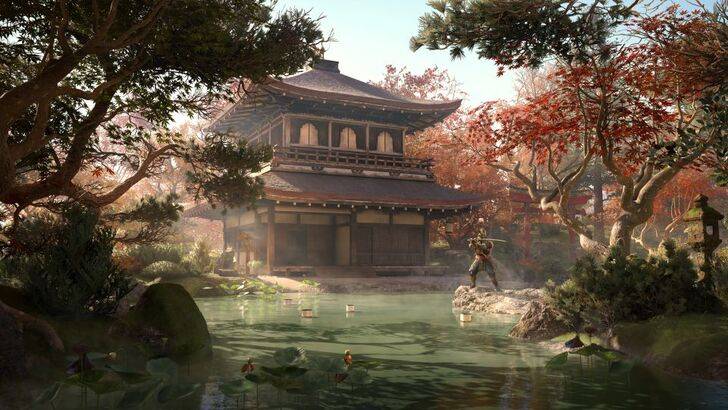With the February 28th release of Monster Hunter Wilds fast approaching, developer Capcom has announced it's actively working to lower the game's recommended GPU requirements. This news comes from the official German Monster Hunter X/Twitter account, which also revealed Capcom is exploring the development of a standalone PC benchmarking tool.
Currently, Capcom recommends an Nvidia GTX 1660 Super or AMD Radeon RX 5600 XT for achieving 30 FPS at 1080p. This minimum specification also requires an internal resolution of 720p, upscaling the graphics via DLSS or FSR at the lowest settings.
For a targeted 60 FPS at 1080p with upscaling and Frame Generation technologies enabled, the recommended GPUs are an RTX 2070 Super, RTX 4060, or AMD RX 6700 XT. Notably, only the RTX 4060 supports Nvidia Frame Generation, while the 2070 Super and 6700 XT rely on FSR 3, which, as noted in the previous Monster Hunter Wilds beta, exhibited ghosting artifacts.
Targeting 60 FPS with Frame Generation isn't necessarily optimal; Digital Foundry recommends a minimum of 40 FPS for third-person games. Running below 60 FPS with upscaling enabled can lead to increased latency and a less responsive feel.
The Monster Hunter Wilds open beta highlighted performance struggles for players with lower-end hardware, including mid-range cards like the RTX 3060. A significant issue was a low-LOD bug preventing the game from loading high-resolution textures for characters and monsters.
Monster Hunter Wilds utilizes Capcom's RE Engine, first introduced in 2017's Resident Evil 7. This engine has powered titles like Devil May Cry 5, Monster Hunter Rise, and Street Fighter 6, generally delivering smooth performance across platforms. However, the RE Engine's performance in larger open-world games with numerous NPCs and enemies, such as the anticipated Dragon's Dogma 2, has raised concerns. Given these past challenges, Capcom's efforts to reduce the GPU requirements for Monster Hunter Wilds are crucial for its PC success.

 Latest Downloads
Latest Downloads
 Downlaod
Downlaod




 Top News
Top News









